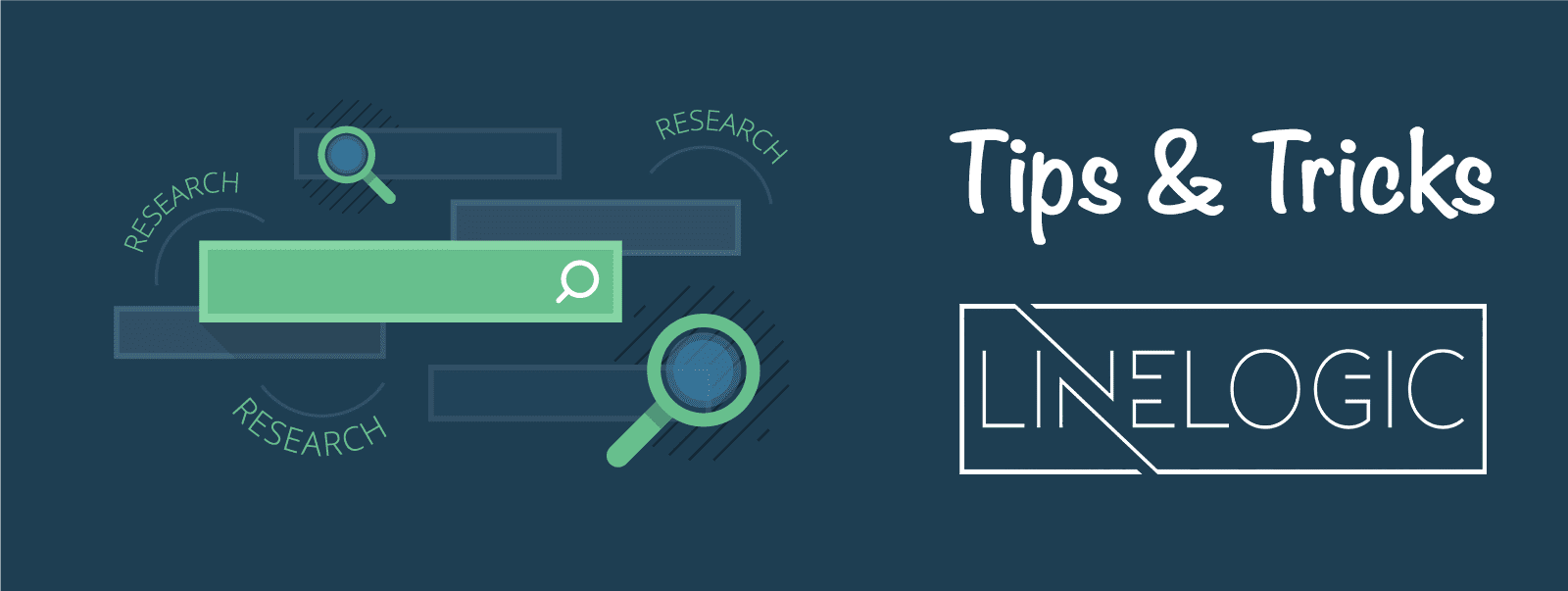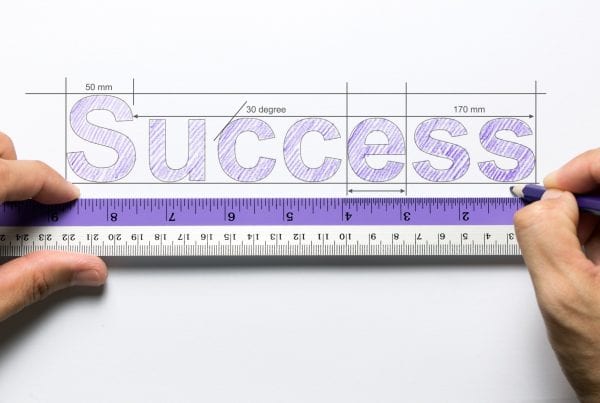
Tips for Polishing Your Marketing E-mails

Contact us concept with colorful block symbol telephone, mail, address and mobile phone. Website page contact us or e-mail marketing concept
Today’s successful businesses run on successful e-mail marketing campaigns. A successful e-mail marketing campaign not only reels in return business but catches new customers.
In addition to local advertising, casting one’s net farther requires a campaign in the form of permission-based marketing. In the old days, a person would have to sift through piles of junk mail – most of which would end up in the garbage. In this generation, e-mail marketing campaigns are not only cost-efficient but time effective. Spam filters have made it easier for people to receive only the e-mails they want. However, just because someone wants your e-mail doesn’t necessarily mean that his/her spam filter won’t throw your e-mail into the junk folder or automatically delete it. The idea here is to learn how to rise above the noise-level of spam e-mails and get your e-mails into more inboxes.
How do spam filters decide to send an e-mail to the junk folder?
Spam filters work on an ever-changing list of criteria. Some of this criterion is actually user-based. This means that every time you hit the “spam” button on an unwanted e-mail, your spam filter collects information on that e-mail so that it can reject it in the future. Nonetheless, there are a couple of basic principles a business owner can follow to pass through spam filters and get to inboxes.
Reason 1 – Pictures
The key to adding images in an email campaign is to remember these two principles:
1. Avoid adding too many
2. Don’t place important text on images
Images in emails can be set up to download a virus into computers. For this reason, many e-mail filters are set up to prevent automatic download of images thus rendering them as unseeable. Too many images in an e-mail mailing will show up as boxes with red x’s and make your mailing look like it was flagged at first glance. Secondly, any text that was written and saved into an image will be unreadable. Persons receiving your e-mail will only be able to see that text as secondary information, meaning if the recipient decides to allow your images to be downloaded and viewed.
Reason 2 – Trigger Words
- Excessive use of symbols like *, $ and % or !!!!!
- Writing in ALL CAPS LIKE YOU ARE YELLING
- Leaving the Subject line blank
- Spam trigger words like “Free”, “Specials”, “Discounts”, “Guarantee”, etc.
- Excessive use of different fonts and colors
Words like “Free” and “Specials” reflect common words that trigger spam filters to send an e-mail to the junk folder. These words have been overused by spammers who send the same content out over and over again. Spam filters assign points to the use of these common trigger words. Once an e-mail reaches a certain threshold of points, it is flagged for spam. It’s not that words like “Free” and “Specials” can’t be used in an e-mail; it’s the overuse of these words. The easiest way to avoid trigger words is to use variations of the same word or think of a different way to convey the same message. These words are sent to the junk folder because users like you and me did not like being sent e-mails with the word “Free” splayed all over the e-mail.
Secondly, writing an e-mail entirely in caps like you are yelling at the recipient will send your e-mail straight to the junk folder if it wasn’t deleted first. Strategically use italics and different colored fonts instead to focus attention on key points keeping in mind to not overdo the emphasis.
Trigger words should not only be avoided in the body of an e-mail but even more carefully in the email’s subject line. E-mails without subject lines will almost irrevocably be deleted by spam filters on sight. Include as much unique information as you can in the subject line. Simply writing “Thank You” in the subject line will definitely raise some flags by spam filters. One reservation software company. Reservation Nexus, advises its subscribers to include the name of their inn in the subject line so that “Thank You” becomes “Thank You from Mount Nebo Inn”.
Reason 3 – Email Content

Man working with a laptop. Emails list on the screen, office background
The goal with content is to develop interesting and relevant content that is stimulating for the recipient. Interesting and relevant content that is stimulating for the recipient is also interesting and relevant enough to bypass spam filters.
E-mail campaigns have an advantage over paper mailings because e-mails can easily be forwarded and passed around like chain mail on the web. A person is more likely to pass on interesting and relevant content like a scone recipe or information on good restaurants to family and friends. With an e-mail mailing, don’t be afraid to include additional content to get your e-mail passed around to additional potential clients.
In addition, spam filters learn and adapt based on user content and feedback. Where is this user feedback coming from? Every time a person clicks on the “spam” button for your message, spam filters collect information about the e-mail. If enough people hit the “spam” button for your e-mail, you will eventually be filtered out by those mail servers. Interesting content is unique content for a spam filter and less likely to get thrown away. The same goes for those receiving your e-mail. Interesting content is also unique content for the recipient.
Reason 4 – Email Activity
Lastly, it’s up to you to stay on top of things. Check the e-mails that are bounced back to you. Do you see any misspellings off the bat? For example, [email protected]. The bounce back e-mail will usually have some additional information included such as timeouts, full inboxes, and e-mails flagged as spam. When a recipient sends you a request to unsubscribe, take them off your mailing list as soon as possible. Otherwise, that person may decide to send you to the junk folder if they receive another marketing e-mail from you, a decision that can affect how spam filters will react to your e-mails sent out to other inboxes. Some e-mail marketing programs suggest moving the unsubscribe button to the top of the e-mail to encourage the recipient to hit the “Unsubscribe” button instead of the “Spam” button to protect e-mail deliverability to the rest of the recipient list.
I have followed all of the criteria above but I am still receiving a huge bounce-back rate. How do I find a good automated e-mail marketing program?
• A good relationship with e-mail service providers
• CAN-SPAM compliant
• Unsubscribe option standard on marketing e-mails
• Curbed e-mail send rate
There are many automated e-mail programs out there. All of them promise to send out amazing e-mails with ultimate customizability options. No matter how good your e-mail looks, it is useless if it doesn’t make it into the potential client’s inbox. A reliable e-mail marketing program will have a good relationship with e-mail service providers thus improving your bounce back rate. For bed and breakfasts looking into e-mail marketing, the Auto Pilot edition of Reservation Nexus has guidelines for its bed and breakfast subscribers to ensure its reputability with e-mail service providers. A limit of 12 newsletters can be sent a year to keep Auto Pilot on the whitelist of e-mail service providers. Instead of entering in e-mails manually, Auto Pilot sends out e-mails only to your guest database. All promotional e-mails are permission-based, where only guests that have opted-in either online or by phone will receive promotional e-mails. Guests can unsubscribe at any time via an automatic unsubscribe link at the bottom of an e-mail. Make sure to check if the e-mail marketing program you want to use will slow your e-mail send rate. Any e-mail server that sends out 150 e-mails at once will most certainly raise red flags with spam filters.



